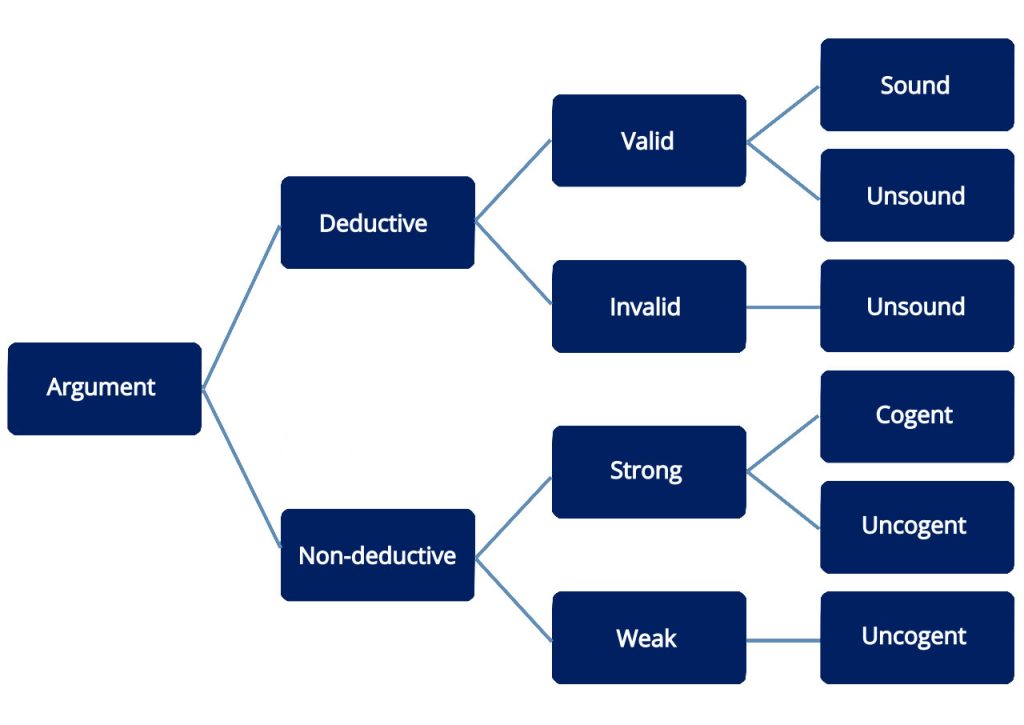
In my previous post, I wrote about formal and informal logical fallacies. A formal logical fallacy is based on erroneous logic (If A = B and B = C, then A = C doesn’t always add up.), and the latter is based on the other types of problematic language or unsupported opinions disguised as arguments.
Avoiding logical fallacies is critical, so writers must be able to identify them in their writing. In my previous post, I focused on two types of logical fallacy: the circular argument and red herring. In this month’s post, I’ll explain two more common logical fallacies: the straw man and hasty generalization.
Get a free sample proofread and edit for your document.
Two professional proofreaders will proofread and edit your document.
A straw man is a vague or imaginary opponent (e.g., an argument, an adversary) that is brought into the argument for the sole purpose of being easily invalidated. A straw man argument takes a supposedly opposing argument, oversimplifies it, leaves parts of it out or takes it out of context, and then uses the weakness of the argument as a justification to argue for the other side.
Because people reading a straw man argument may not be familiar with the original version of the argument, they may accept the straw man version at face value and consider it support for the argument being made (i.e., Side A must be right because Side B is dumb). Here are a couple of examples:
Each of these statements is overly simple and lacking in detail. To avoid this type of argument or the appearance of it, make sure that when you mention an opposing argument you represent it fairly and the evidence you provide in your writing has some of the meat still attached to the bone.

Providing some details about or examples of the claims made in the example would allow these claims to be useful evidence.
When I was young, one of my mom’s favorite sayings was, “Haste makes waste!” She would say this when I would try to do too much at once: carry too many dishes to the sink and drop something or put too many items in a bag so it rips open.
When someone makes a hasty generalization, similar results occur. The argument suffers because insufficient time and research went into developing the ideas. Let’s look at a couple of examples:
In both of these cases, particularly the first, the sample size is questionable. Clearly, two people cannot represent the entire population of a college. In the case of letting cats go outside, a better argument would be made based on multiple studies or at least some detailed rationale discussed within the study cited.
With both straw man arguments and hasty generalizations, the level and quality of detail and nuance to the support are the problem. While information and statements such as those provided in the examples above might be included as part of an argument, relying solely on overly simplistic statements and leaving out details and support for claims leads to arguments that can be easily denied.
In my next post, I will provide a final installment in my discussion of logical fallacies along with more common types of logical fallacies you should avoid to keep your writing strong.
Sarah P.
Get a free sample proofread and edit for your document.
Two professional proofreaders will proofread and edit your document.
Get a free sample proofread and edit for your document.
Two professional proofreaders will proofread and edit your document.
We will get your free sample back in three to six hours!